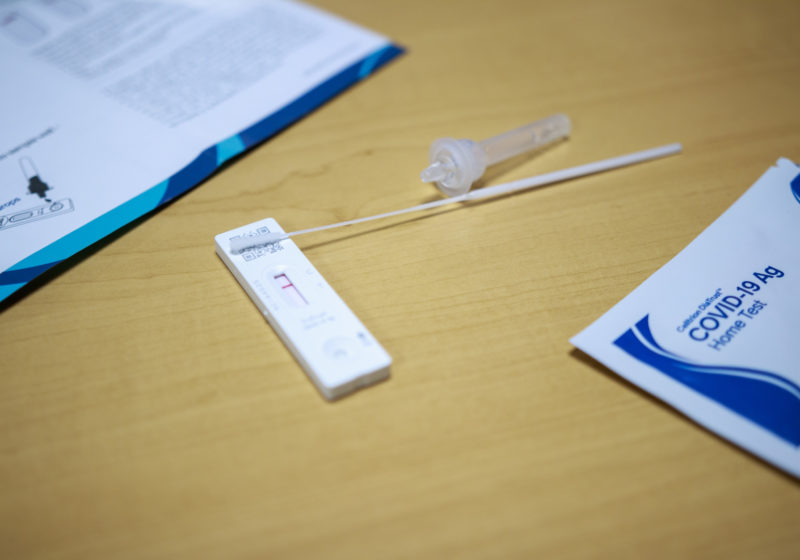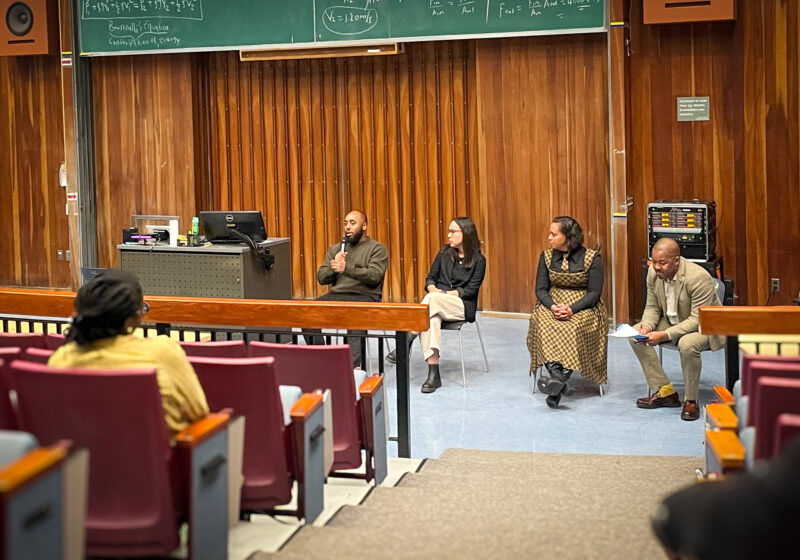At least 132 River Campus students have reported positive COVID-19 cases during the past two weeks, filling Whipple Park’s isolation capacity, as COVID-19 numbers have slowly started to trend upwards again across Monroe County. Positive cases have been on the upswing following the removal of UR’s mask mandate just over four weeks ago as well as, according to recent speculation, the emergence of a new, more transmissible variant.
“The current rate of COVID-positive cases among students on River Campus is trending higher than we’d like relative both to other parts of the University and to the greater Rochester area,” UR said in an April 1 statement. “Our University health officials believe that voluntary masking indoors will slow the rate of infection.”
Thursday alone saw 30 positive cases, UR’s largest number of reported positive cases since January’s surge, which led to a delay in the start of in-person classes for the spring semester.
Limited isolation housing availability has led to UR placing students in both Whipple Park and several local hotels for the required five-day isolation period following a positive case. Some students sent to Whipple have been placed in two-bedroom apartments with another student sharing a “similar diagnosis,” typically sharing a common room, bathroom, and kitchen. As of April 1st, UR had 40 students placed in Whipple Park, meaning each two bedroom apartment reserved for isolation housing was occupied.
“Once diagnosed, being in the presence of another person with a similar diagnosis cannot prolong your condition or worsen your symptoms,” UR’s Quarantine and Isolation Management team said in an email to isolating students. “It is strongly recommended that you wear a mask when outside of your bedroom and to take turns using common spaces.”
One anonymous source told the CT that some isolating students have frequently gotten together in groups with others placed in isolation to hang out. Students who test positive for COVID-19 are required to remain in isolation for five days before returning to campus according to University guidance, which mirrors state guidelines. They must then wear a mask for another five days following isolation.
UR’s mandatory mask mandate was lifted on March 4, the day before spring break began. The policy change followed New York State’s March 2 removal of its mask mandate within schools. Students were encouraged to use rapid tests before and after break in order to catch positive cases.
Small clusters have emerged on campus that are responsible for some of COVID-19’s campus spread.
On March 22, students living in Gilbert Hall received an email from UHS which encouraged all residents to complete a rapid test and strongly encouraged all residents “to remain masked at all times, except when sleeping.” Residential Life delivered rapid tests to every door in the building, numbered so that every individual would receive at least one test kit with two tests inside.
The March 22 email instructed students to call UHS or complete Dr. ChatBot upon completion of a positive test. About 25% of River Campus positive cases came from Gilbert Hall on the week of the 21st, Manchester told the CT.
Campus wide COVID-19 positive cases have not been concentrated in any particular area, as most are mixed throughout the campus. UR also has not found any evidence of classroom spread.
“We have had a couple of small clusters (several cases that were connected to each other), but there is no one place on campus that accounts for the majority of cases,” Vice Provost & UHS Director Ralph Manchester told the CT in an April 3 email. “We have never identified any in-classroom spread.”
UR officials believe that an indoor mandate is not necessary at this time when looking at community spread.
“The CDC has guidelines for when to resume an indoor masking requirement that are based on community infection rates and hospitalization rates,” Manchester told the CT in a March 27 email. “Fortunately, both are well below the threshold for requiring indoor masking, but that could change.”
At its latest update, published on Thursday, March 31, the CDC ranked Monroe County as having low community transmission. The CDC updates its COVID-19 Community Level tool every Thursday at 8 p.m.
“I think we’re seeing the effects of the BA.2 variant, which is more contagious than the Omicron variant,” Manchester told the CT. “The numbers we’re seeing now are manageable, but a continuing increase could cause problems both on campus and in the community. Please remember that masking is still strongly encouraged inside buildings.”
Masks are available to all students in Common Connection in Wilson Commons and rapid tests are available to students from UHS.






